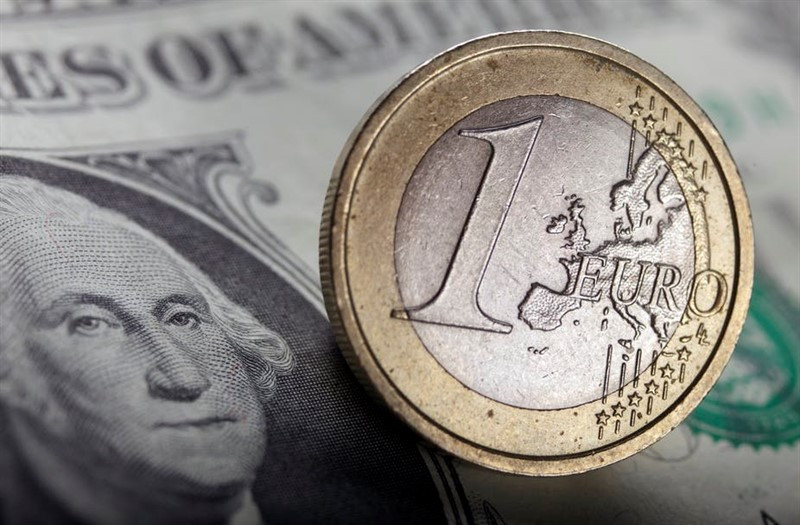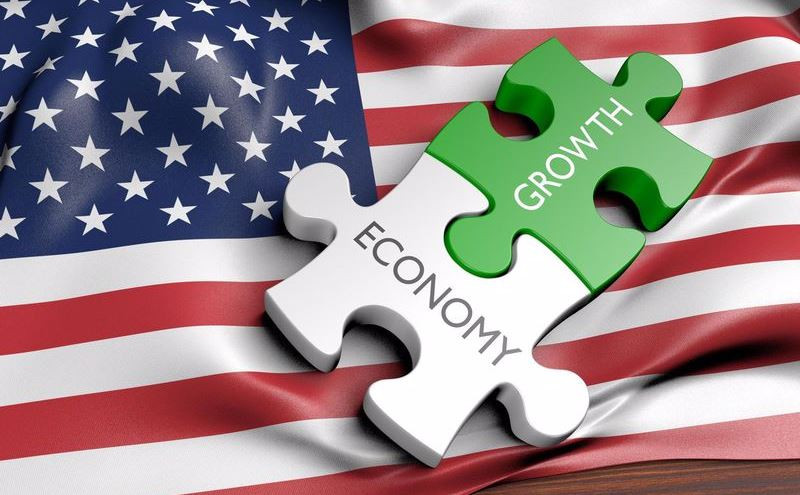
Markets live by expectations and tend to get ahead of developments.
Hopes that the passage of inflation in the US peak will allow the Federal Reserve to start acting less aggressively and pause in raising rates later this year, undermining the demand for a protective dollar.
As a result, investors returned to buying stocks and reduced long positions on USD.
Against this background, the euro, fueled by the hawkish comments of European Central Bank representatives, was confident in relation to its US counterpart.
The EUR/USD pair traded mainly with a bullish bias, aiming for the upper limit of the 1.0630-1.0790 range formed at the end of May.
However, the situation changed last week. Last Thursday, the ECB kept the base rate at zero, promising to raise the cost of borrowing by 25 basis points in July.
Ahead of the ECB's June meeting, speculation was growing that red-hot inflation in the eurozone could push the central bank to launch its campaign to raise rates in increments of 50 basis points.
ECB President Christine Lagarde disappointed fans of the single currency by repeating the mantra of gradualism, which, according to her, is appropriate in times of great uncertainty.
Underlining this uncertainty, the central bank lowered the forecast of eurozone GDP growth for 2022 from 3.7% to 2.8%.
After the ECB's monetary policy verdict was announced, the EUR/USD pair reached a weekly high around 1.0770, but eventually sank by almost a whole percentage point to 1.0614.
The absence of any details of the ECB's plan to address fragmentation problems in the region also contributed to the euro's depreciation against the dollar.
"The weak link was that peripheral bond markets remained unprotected in the absence of news about support packages against fragmentation. But it is also felt that, like pro-cyclical currencies, the euro may not appreciate the rate increase, since economic growth forecasts are declining," ING analysts noted.
On Friday, the EUR/USD pair continued to bear losses and fell by almost 100 points, to 1.0515, for the company with the key Wall Street indices, which ended the last five days in the red. In particular, the S&P 500 declined by 2.91% to 3,900.86 points.
On Friday, the US Department of Labor reported that the consumer price index in the country rose by 1.0% last month after an increase of 0.3% in April. Economists predicted that the indicator would grow by 0.7%.
On an annualized basis, the indicator expanded by 8.6%, which was the largest increase since 1981 and followed an 8.3% jump in April.

These data cast doubt on the fact that a pause in the Fed's rate hike is likely to be appropriate by the end of the summer, since assumptions that inflation has peaked and started to slow down have not been confirmed.
"Central banks raising real interest rates will be a constant obstacle for risky assets and pro-cyclical currencies (especially for energy importers). This environment is favorable for the dollar," ING analysts said.
The strategists of Capital Economics agree with them.
"Given that the price pressure in the United States shows no signs of easing, we doubt that the Fed will take its foot off the monetary brakes in the near future. Therefore, we suspect that the US asset market is facing even bigger problems, as treasury yields continue to rise, and the stock market remains under pressure," they said.
The US currency started the new week cheerfully thanks to the rise in the yield of treasuries and the fact that investors sought refuge from the storm, fearing that a rapid tightening of monetary policy in the US would damage economic growth and possibly cause a recession.
The S&P 500 index ended Monday's trading in the bearish trend zone: its decline compared to the January peak exceeded 20%. During the day, the indicator fell by 3.88% to 3749.63 points.
Meanwhile, the EUR/USD pair lost more than 1% and ended the session around 1.0408.
While traders were vigorously selling off risky assets, the protective dollar updated multi-year highs around 105.30 points, rising by almost 1% on Monday.
The day before, the yield on 10-year US government bonds increased by more than 20 basis points and reached 3.37%.
The yield of "two-years" also jumped sharply and amounted to 3.28% by the end of trading. At some point, the rate on 2-year securities exceeded the yield of 10-year bonds. This phenomenon is called the inversion of the yield curve and is often a harbinger of recession.
And although the curve was in this state for a short time, investors are clearly preparing for the worst, since inflation shows no signs of slowing down, and the Fed will have to take more aggressive steps with regard to the key rate.

According to the Federal Reserve Bank of Atlanta, the growth of the American economy in the second quarter in just a week slowed from 1.3% to 0.9% year-on-year. If such dynamics continue, the current quarter may become the second period of falling GDP in a row, which is the technical definition of a recession.
However, even if a recession can be avoided, the period of weak economic growth amid high inflation may be prolonged for at least a couple of years, analysts warn.
Mohamed El-Erian, Allianz's chief economic adviser, considers stagflation to be a baseline scenario.
"Be careful what you wish for. If you think that the labor market will remain strong and wages will start to catch up with inflation, then it is difficult to understand why it should decrease. But if you think that we will have a recession, then, of course, inflation will decrease, but it will not be the decline that you are aiming for. The Fed has to make a choice and stick to it. The worst thing is that the central bank dramatically changes market expectations: now he talks about the intention to raise rates steadily, then hints at the possibility of a pause in September with subsequent increases and pauses again. This simply means that stagflation can persist much longer than necessary," said El-Erian.
The dollar consolidated its recent growth on Tuesday staying near the highest levels since December 2002 above the level of 105.00.
Key Wall Street indexes are trying to return to positive territory. However, these attempts are not particularly impressive and do not compare with the scale of Monday's fall in stocks.
The EUR/USD pair runs in the range of 1.0400-1.0485.
Market sentiment remains cautious as traders await the Fed's monetary policy verdict.

The results of the two-day FOMC meeting will be published on Wednesday. In addition to the decision on the value of the key rate, the central bank will also present its forecasts of the main economic indicators of the United States for the current year.
It is expected that this time the US central bank will raise the rate by 50 basis points, but some experts predict that the Fed will increase by 75 basis points.
According to the CME Group, the futures market puts in quotes a 91% probability that the rate will be increased by 75 basis points, to 1.5-1.75%.
"A move of 75 basis points will definitely come as a surprise to those who adhere to expectations of 50 basis points. This will raise the USD index even higher," Jefferies strategists noted.
If the Fed does not decide to raise the rate by more than 0.5%, dollar bulls will be disappointed, and another adjustment of market expectations will play against the greenback.
"We believe that the Fed will raise the rate by 50 bps this week, but we recognize that the uncertainty is very high. If we are right, we will probably see the US dollar weaken again in favor of other Big Ten currencies, including the EUR, in the short term. If we are wrong, the USD may strengthen slightly more against the rest of the G10 currencies," Nordea economists said.
The EUR/USD pair finds it difficult to overcome the 1.0485 mark, which acts as a key resistance, Scotiabank analysts say.
"The daily growth of the main currency pair has stalled around 1.0485, which is the key resistance before the 1.0500 zone. Support below 1.0420 does not appear until the 1.0350 mark, which marked a five-year low in mid-May and may prevent a fall to the 2017 low of 1.0341," they said.





















